 |
| Panono’s high-res 360° camera lives to shoot another day. |
That didn’t take long. Just a few days after announcing that the company would be bought, ending an ‘amazing but also exhausting journey,’ the Panono brand has been well and truly saved. In fact, the Swiss private equity investor who bought the company intends to continue ‘all services […] without any disruption.’
All of this happened with the last few days, marking (hopefully) the end of a tumultuous journey that began with a successful Indiegogo crowd-funding campaign and seemingly ended when Panono declared bankruptcy after delivering only about 400 cameras to backers, leaving many supporters angry and out of luck. Until Wednesday of this week, that is.
Enter Swiss-based private equity investor Bryanston Group AG, the new owner of all Panono’s assets, trademarks, patents and employees.
In a press release published Wednesday, July 5th and sent to DPReview yesterday, the investor announced that Panono GmbH will restart its business operations as Professional360 GmbH in Berlin. The company will continue all of Panono’s current services ‘without disruption,’ and is even planning to release new products and software services.
If all goes according to plan, Professional360 will establish itself as, ‘a global leader in the professional 360-degree camera market.’
 |
Which, of course, leaves us with one very pressing question: what about all of those Panono backers left in the lurch by the company’s bankruptcy? According to a company spokesperson, Bryanston Group is actively working on a solution to that pesky problem.
“While all legal liabilities remain with the old Panono GmbH and its management,” reads the statement. “We as Professional360 GmbH feel morally obliged to find a solution that all early supporters of the Panono technology will be able to enjoy the camera as soon as possible after so many years of waiting. We are working on this and will release new information on this topic shortly.”
So it would seem Panono has been saved, and all of the backers who first supported the ‘world’s highest resolution 360° camera’ may still get a chance to vent their frustration by throwing their very own ball camera at a wall.
Press Release
Swiss private equity investor saves Panono brand, platform and product by taking over all assets and employees – all services continue without any disruption
Panono’s high-resolution 360-degree camera and services will be provided by Professional360 GmbH in the future
BERLIN, JULY 05, 2017. The Berlin-based technology company Panono GmbH, the manufacturer of 360-degree cameras and software, is insolvent as of 1 July 2017. All legal and commercial matters, obligation and disputes will be managed by Prof. Dr Torsten Martini of Leonhardt Rattunde who has been appointed as the company’s Insolvency Administrator.
Bryanston Group AG, a Swiss-based private equity investor has acquired the assets, trademarks and patents of Panono GmbH and will restart its business operations under the new holding company Professional360 GmbH in Berlin.
Professional360 GmbH will continue Panono’s technological leadership by offering the world’s highest resolution 360-degree camera under the Panono brand.
A spokesperson for the company said, “As the new management, we place great confidence in Panono’s groundbreaking technology. Our vision is to be a global leader in the professional 360- degree camera market. We will continue creating and innovating the best 360-degree cameras together with a state-of-the-art platform for our users.
In fact, we are planning to release new products and software services within the next months already. The transition from Panono GmbH to Professional360 GmbH will not be affecting the current users, as the brand and the website will not change, and we will continue to operate the existing platform. Finally, while all legal liabilities remain with the old Panono GmbH and its management, we as Professional360 GmbH feel morally obliged to find a solution that all early supporters of the Panono technology will be able to enjoy the camera as soon as possible after so many years of waiting. We are working on this and will release new information on this topic shortly.”
About Professional360 GmbH
Professional360 GmbH was founded in 2017 and is a holding company for the Panono brand, web shop, assets and employees, headquartered in Berlin. For further information please visit https://www.panono.com/en or send an email to info@panono.com.
About Panono GmbH
Panono GmbH was founded in 2012 and gained public attention in its early years, especially through its successful crowdfunding campaigns and the eye-catching spherical design of its cameras. The core business of the company was the development and distribution of high-resolution 360-degree cameras, which produce a high-resolution panorama of their surroundings using their own software solutions.
About Leonhardt Rattunde
Leonhardt Rattunde is one of the leading law firms specialised in Insolvency law in Germany. Besides its services in Insolvency Proceedings, the firm also offers turnaround management, court services, contract law and Notary Public services Berlin, Erfurt, Kiel and Cologne. Leonhardt Rattunde employs around 30 lawyers in Germany, 10 of which are Insolvency Administrators and 5 are Public Notaries.
About Bryanston Group AG
Bryanston Group is a Swiss-based global management consulting, technology and investment company. The firm’s investment angle combines an active approach with specific sector focuses where they are able to add value. Bryanston deploys its capital mainly along three verticals, which are Industrial Technology, Clean-tech and Emerging Markets middle-class. For further information please visit http://www.bryanston.ch
Articles: Digital Photography Review (dpreview.com)







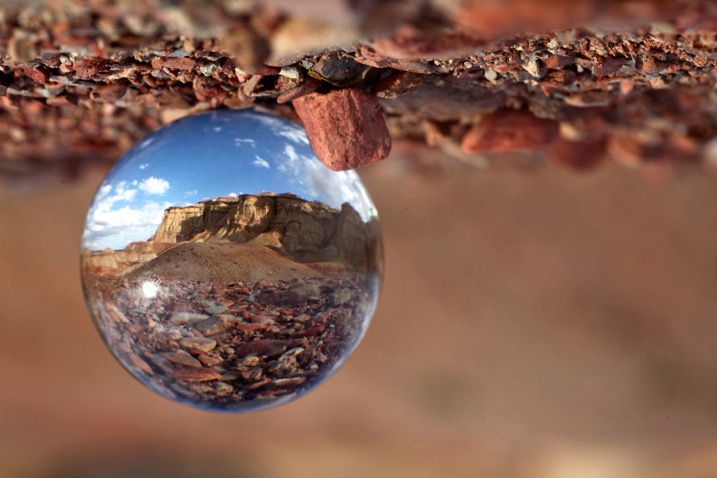




















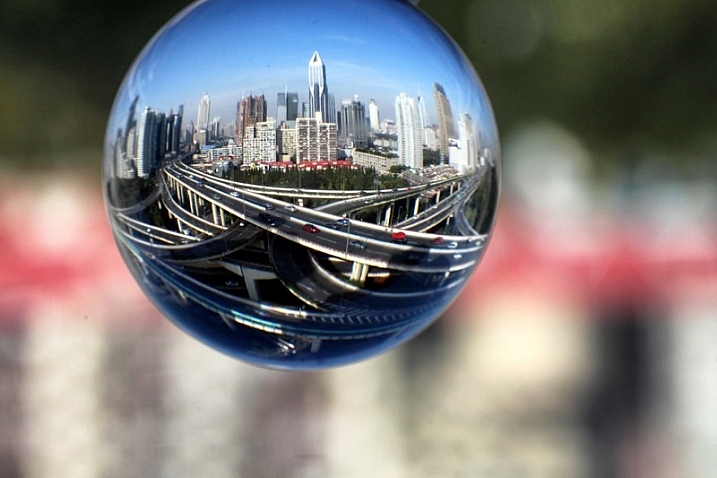
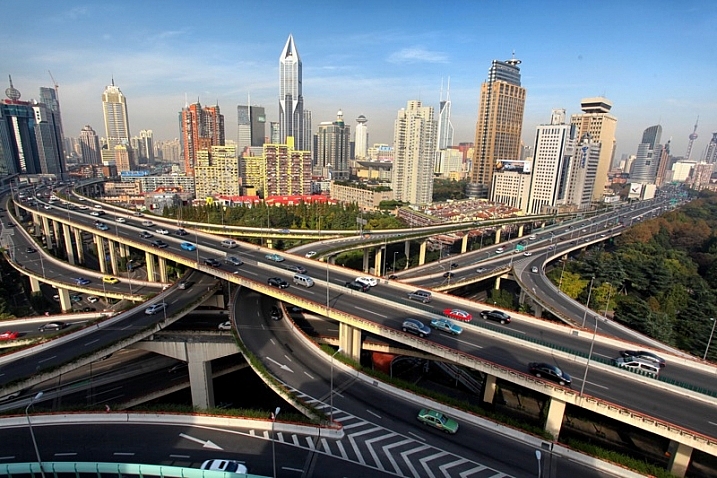



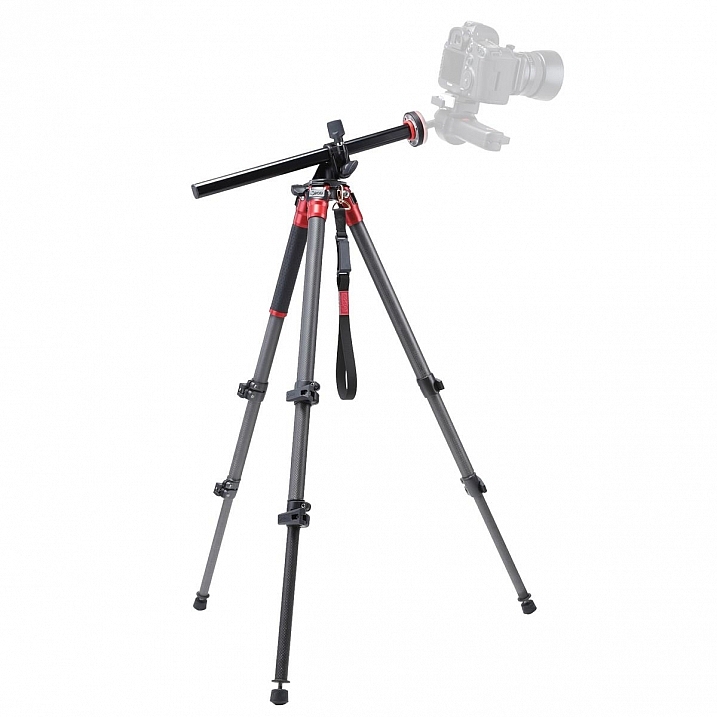

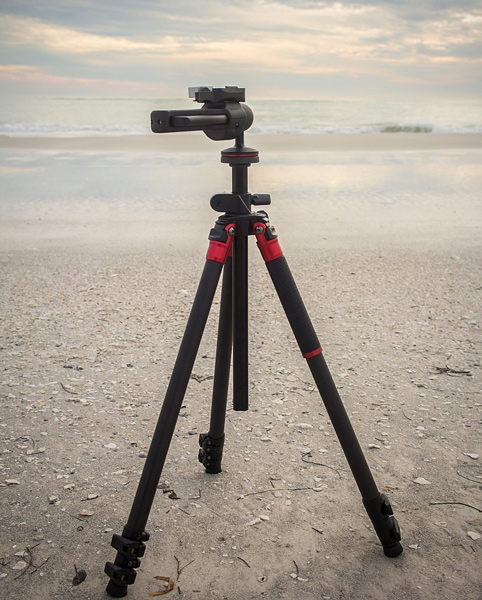




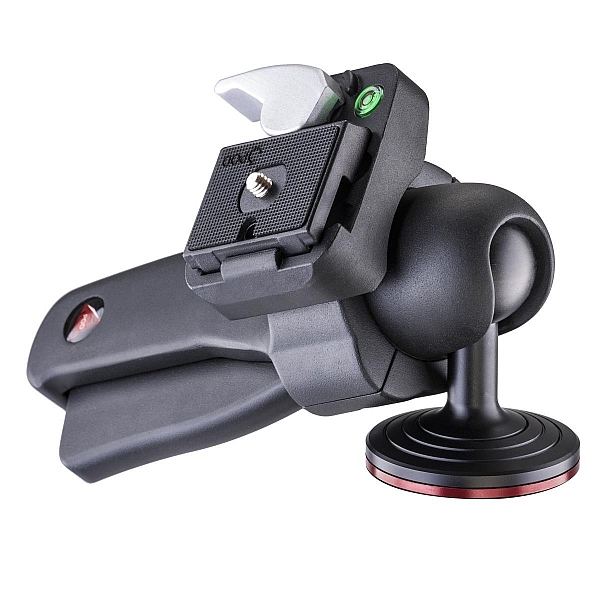

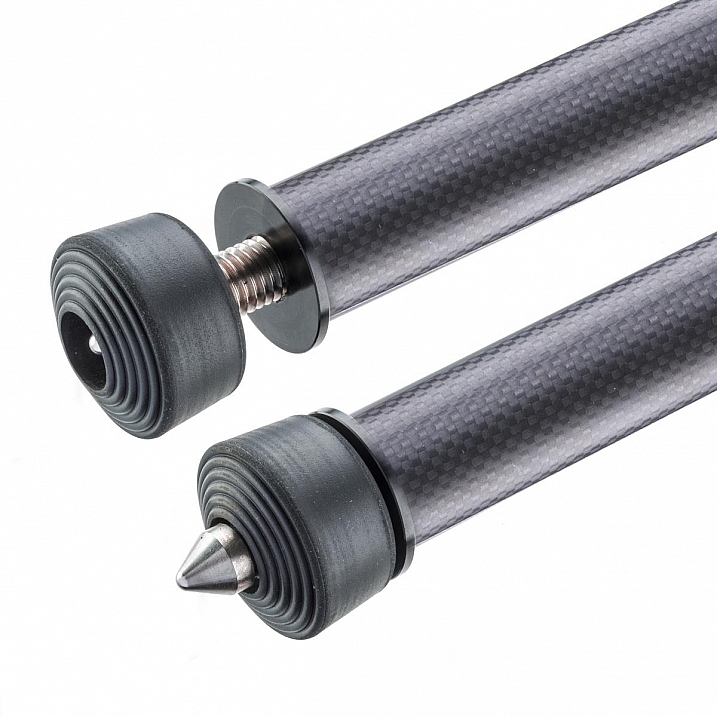


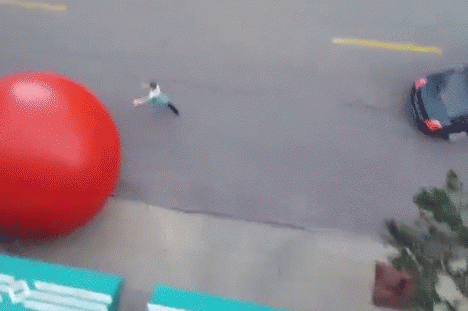

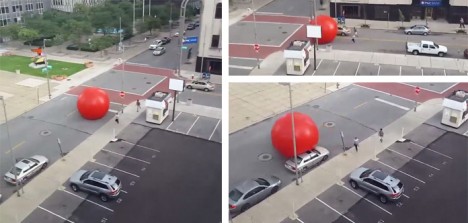








You must be logged in to post a comment.